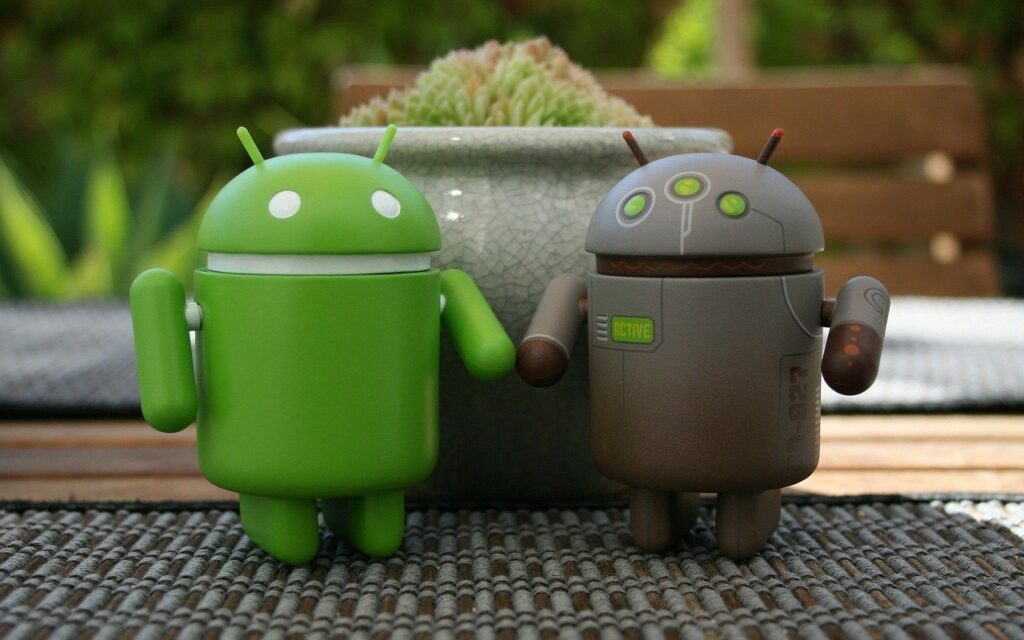Android Application Components

We’ll go through the Android Application Components used in Android development in this section of the Android Tutorial. JAVA, Kotlin, and C++ are used to build Android apps. Application modules are essential to the development of apps. They act as a basis of entry for users and systems into the program. Components are divided into four categories. Each component serves a specific role and has a distinct life cycle.
1. Activities
A single screen is represented by an operation, a class that serves as a user’s entry point. An operation that displays a new update, another that reads texts, and still another that composes a new message could all be included in a messenger program. Each operation is separate from the others. For instance, to write an email that shares a picture, a camera application can be launched from within an email application. Also, start trading with this App.
2. Services
A service is a background-running part that serves as an application’s invisible worker. It maintains track of data points and events and updates them on a constant schedule. When programs are not involved, it often broadcasts intents and executes tasks. We may surf the internet or use some other program when listening to music, such as an example of a service.
3. Content Providers
The Content Provider is a component that enables several apps to exchange data. It hides the database’s information and can be used to read and write the application’s private data, which is not transmitted. Without service suppliers, it will be unable to view data from other apps. For instance, you might search the contact list for contact information. You might also like images from the album, which Content Provider also provides.
4. Broadcast Receiver
A component refers to broadcast messages sent out by another program or device. It may even send broadcasts to programs that aren’t working at the time. Notify the consumer when the battery is down, for example. Android developers may use broadcast messages within or outside of the usual flow of the program.
Additional Components Of Android Application:
Intents:
It’s an inter-application message passing system that allows android components to communicate with one another. It may also be used to switch data between Activities, launch a new service, and show a list of contacts in a ListView. When the consumer wishes to post an image, the camera program, for example, sends an aim to the operating system.
Widgets:
Widgets are different types of Broadcast Receivers that are essential for personalizing your home screen. They view information and encourage users to interact with it.
- Information widget: These widgets show important details and watch how it evolves. Clock widgets and widgets that show weather and time details are two examples.
- Collection widget: Collection widgets, as the name implies, are a collection of details of the same kind. It aims to allow you to browse information and open all of the elements to see more data. Music widgets, for example, enable us to bypass the pause and play music without having to open the music window.
- Hybrid widget: The functionality of the other three widgets is combined in these widgets. E.g., the music player widget is a control widget that also tells the user about which track is currently playing, making it a hybrid widget that combines control and detail.
Views:
Drawing and occurrence management is the responsibility of the vision. They show up as rectangular elements on the computer. EditText, ImageView Button, CheckBox, and ImageButton are only a few of the views available.
Notifications:
When the program isn’t visible or isn’t running, it notifies the customer. This is mainly observed on the computer for a short instant and then vanishes. The notification of a new incoming post, for example, appeared on the phone.
Fragments:
A fragment is a part of the user experience that is smaller than the whole. In a single operation, users can combine more than one fragment, and these fragments can be reused in different operations. Views and ViewGroups are often included within fragments.
Layout XML Files:
The architecture is the framework for the application’s user interface. Different formats for different types of screens are provided by XML files, which often specify which GUI component, operation, or fragment holds which GUI component, activity, or fragment.
